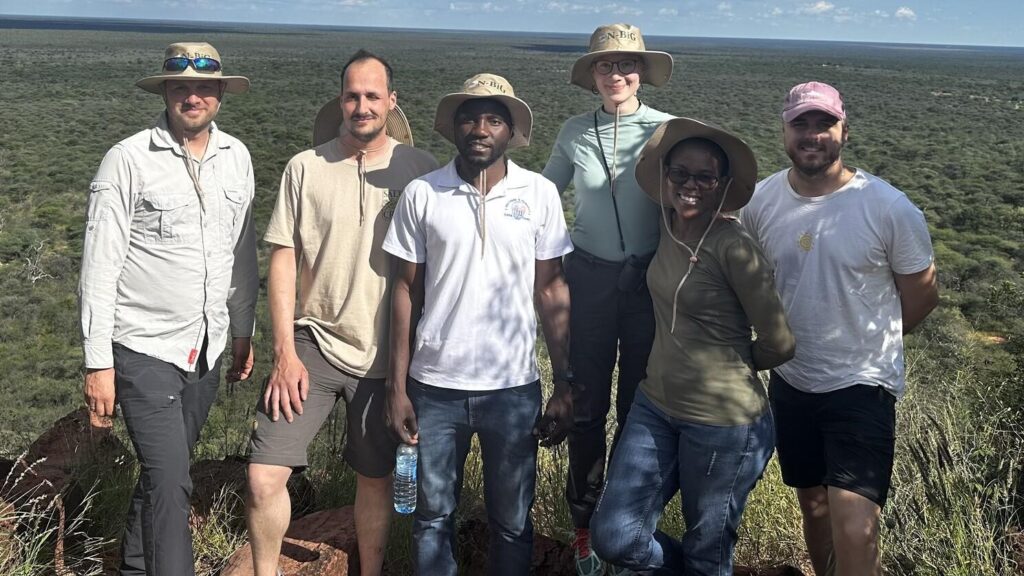Namibia’s bush savannas are undergoing extensive transformation, with bush encroachment impacting over 45 million hectares of rangeland, resulting in diminished grazing capacity, reduced biodiversity, and constrained water resources. Addressing the urgent need for sustainable bush control and optimised biomass utilisation, the Namibia Biomass Industry Group (N-BiG) has launched a pioneering pilot project on Biomass Quantification at the Cheetah Conservation Fund (CCF) near Otjiwarongo.
This initiative, implemented in collaboration with the Bundesverband Bioenergie (BBE) and financed by the German Federal Ministry for Economic Cooperation and Development (BMZ), investigates the application of cutting-edge drone and mobile Light Detection and Ranging (LiDAR) technologies for the digital quantification of bush biomass. These advanced remote sensing methodologies offer significant advantages over conventional manual survey techniques, enabling faster, more scalable, and highly accurate data acquisition.
Field operations were conducted over an intensive 10-day period from 7–17 April 2025 at CCF, engaging a multidisciplinary team of Namibian and German specialists:
- Konstantin Köthe & Charlotte Müller (Georg-August-Universität Göttingen, Germany)
- Dr. Tim Pettenkofer (BBE, Germany)
- Jackson Hamutenya (N-BiG)
- Richard Georgi (OGF GmbH, Germany)
- Beverley Kaura (Ministry of Environment, Forestry and Tourism – MEFT)
- Matti Nghikembwa & Abraham Shihepo (CCF)
- Liam Styrdom (Fly Lab Namibia Consultant)
During the field work, 30 research plots were systematically surveyed utilising a combination of aerial drone-based LiDAR scanning, terrestrial mobile LiDAR mapping, and traditional manual biomass measurement and harvesting techniques. The dataset generated—including high-resolution LiDAR point clouds, 3D landscape models, and calibrated ground-truth biomass weights—is now being processed to develop a robust digital biomass estimation model.
The ongoing analysis marks a critical advancement in the modernisation of Namibia’s biomass sector. By equipping stakeholders with precise, scalable tools for biomass quantification-to-energy project development and rangeland restoration, the project enhances environmental stewardship and promotes economic resilience. Furthermore, the methodologies and technologies piloted in this project are expected to inform similar initiatives across the broader southern African region.
This experience has not only produced important data but has strengthened ties between stakeholders in Namibia and Germany, working toward sustainable land use solutions. We extend our sincere thanks to all project partners and team members for their outstanding collaboration and commitment.

